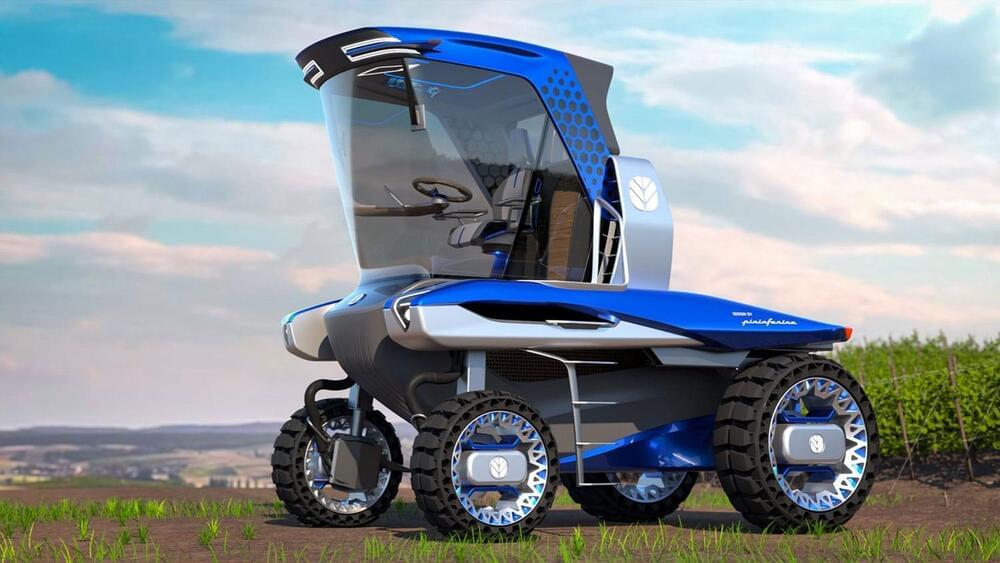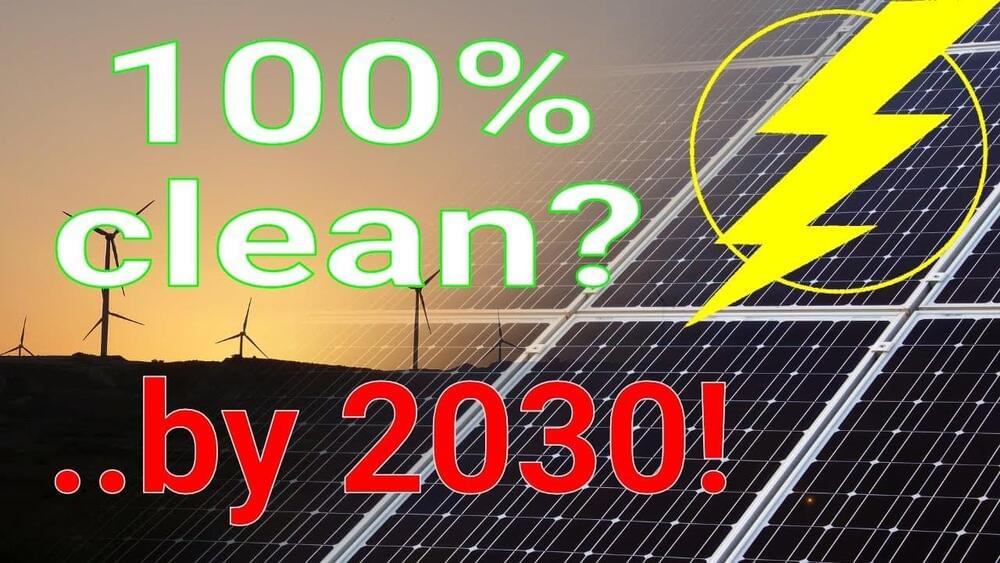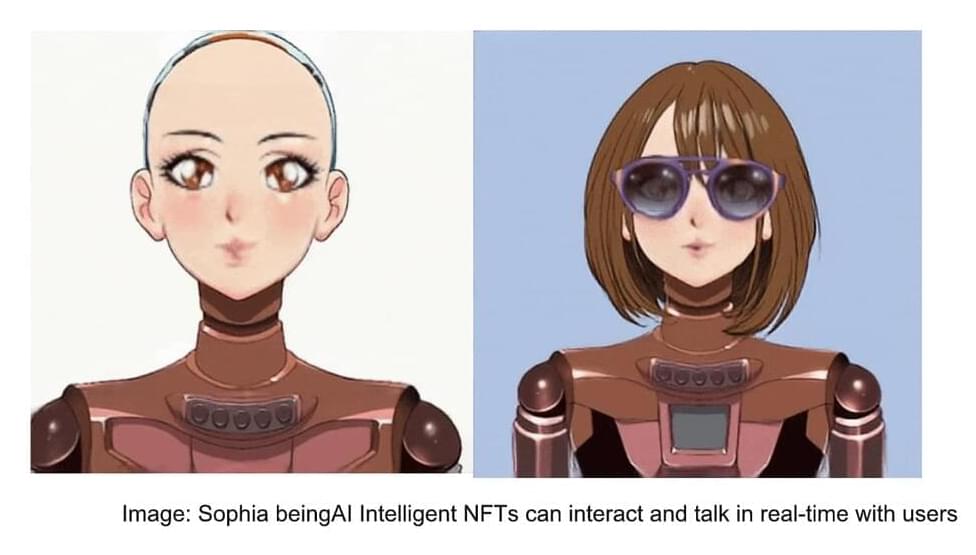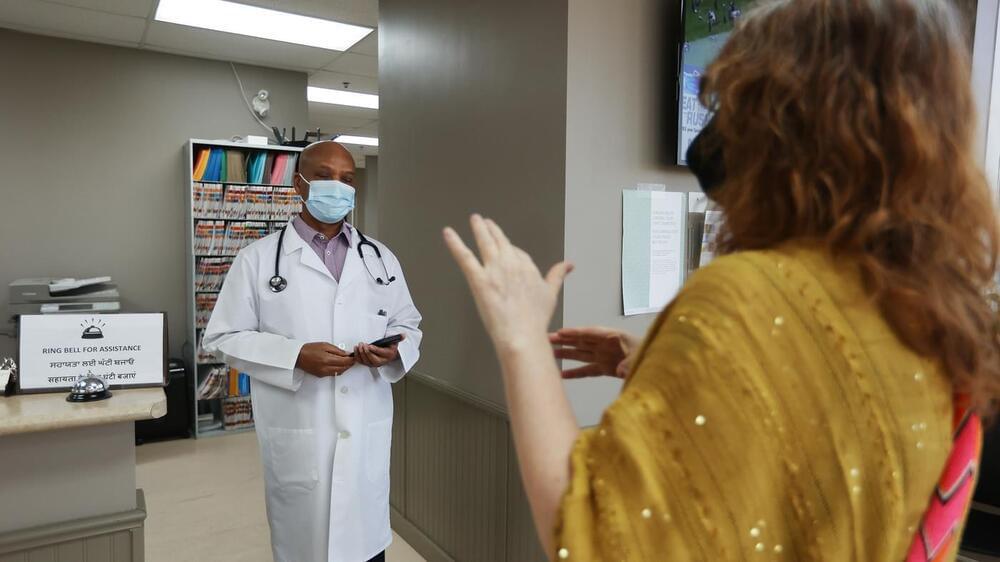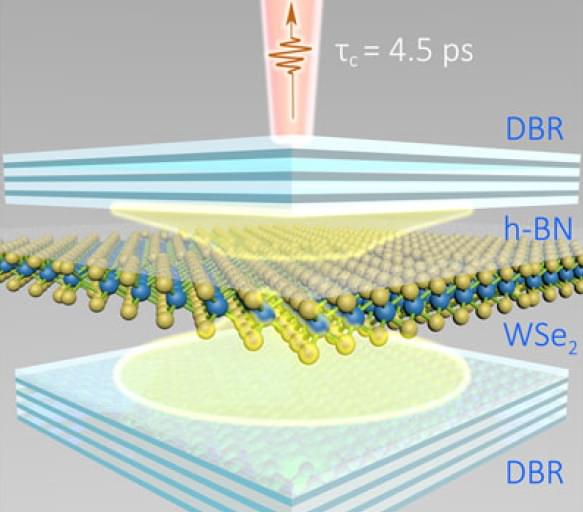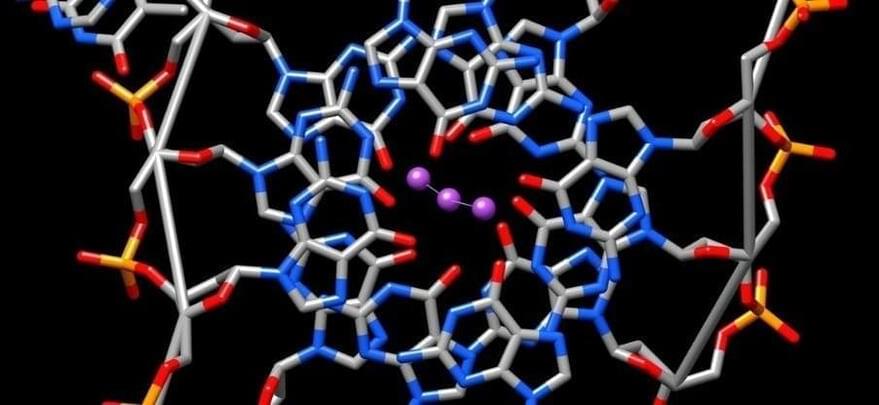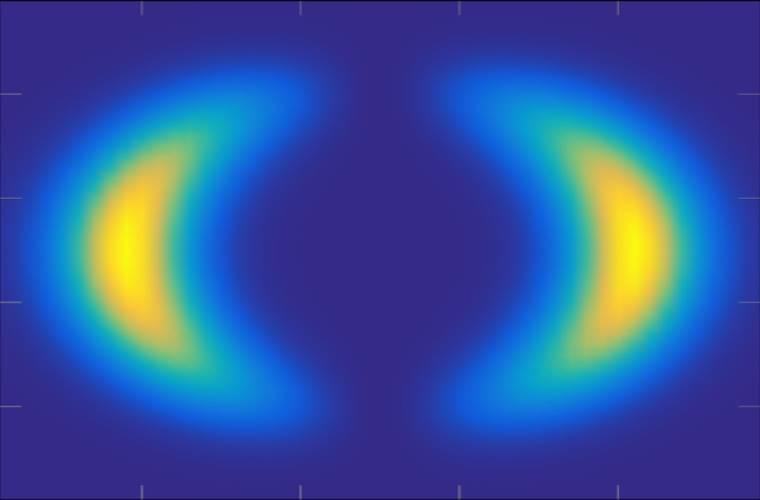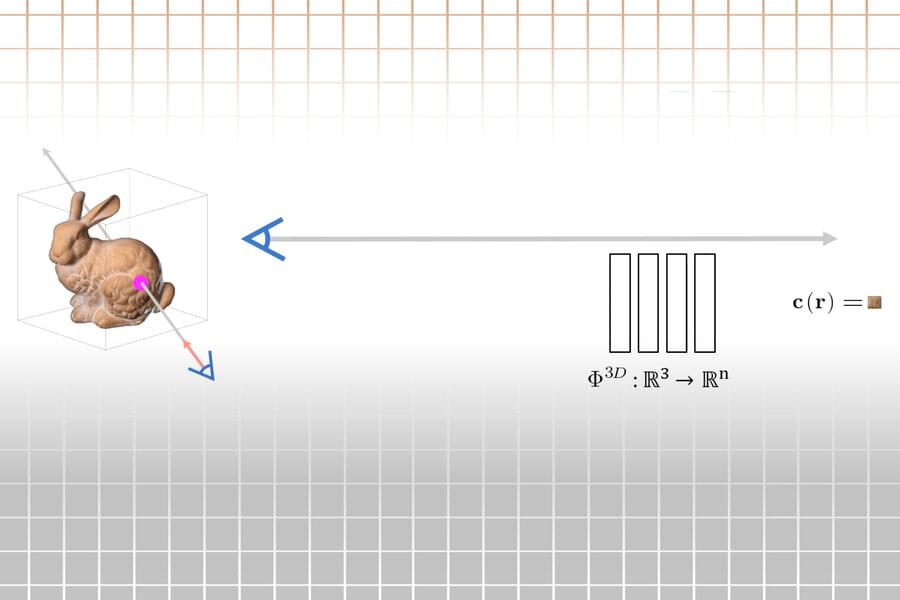The Neuro-Network.
𝐏𝐬𝐲𝐜𝐡𝐨𝐥𝐨𝐠𝐢𝐜𝐚𝐥 𝐑𝐞𝐬𝐢𝐥𝐢𝐞𝐧𝐜𝐞 𝐈𝐬 𝐋𝐢𝐧𝐤𝐞𝐝 𝐭𝐨 𝐇𝐨𝐰 𝐌𝐮𝐜𝐡 𝐒𝐭𝐫𝐞𝐬𝐬 𝐌𝐞𝐬𝐬𝐞𝐬 𝐖𝐢𝐭𝐡 𝐘𝐨𝐮𝐫 𝐁𝐨𝐝𝐲
𝙄 𝙥𝙧𝙤𝙗𝙖𝙗𝙡𝙮 𝙙𝙤𝙣’𝙩 𝙣𝙚𝙚𝙙 𝙩𝙤 𝙨𝙖𝙮 𝙞𝙩, 𝙗𝙪𝙩 𝙬𝙚 𝙨𝙝𝙤𝙪𝙡𝙙 𝙥𝙧𝙤𝙗𝙖𝙗𝙡𝙮 𝙖𝙡𝙡 𝙗𝙚 𝙩𝙧𝙮𝙞𝙣𝙜 𝙩𝙤 𝙗𝙚 𝙡𝙚𝙨𝙨 𝙨𝙩𝙧… See more.
I probably don’t need to say it, but we should probably all be trying to be less stressed.
Short term, stress can sometimes be helpful – it can help you motivate yourself. But when the stress continues long term, the health effects start to stack up, and studies have shown that this could even age you faster.
Now a new study has looked at people’s biological and psychological ‘resilience’, and found that this resilience is linked to less stress-related negative effects.

